Ball Spin Fitting
The spin of a golf ball is initiated at impact by friction caused from the ball sliding up the clubface. Increased loft angles and greater club head speed generate more spin although in higher-lofted wedges roll of the ball may become significant. The upper edges of grooves on irons and wedges can enhance spin, but channeling water and grass away from the clubface might be grooves' most significant function.
The golf ball spins backwards around a single axis. The axis is horizontal when the club face and club head path are oriented in the same direction to yield a straight ball flight. Our blog posts on the D-Plane describe the importance of face angle in tilting the spin axis and affecting ball flight.
Students of physics learn that when the flow speed of a gas or liquid is increased, local pressure is decreased (the Bernoulli effect). Spin effectively increases air flow speed in the direction of the spin near the surface of the ball. The resultant decreased pressure over the top of the ball together with a corresponding increased pressure at the bottom surface provide lift forces to keep the ball in the air.
As the ball moves through the air, increased resistive pressure at the front surface deflects air in streamlined flow patterns around the ball. Air pressure gradients develop between a slow-moving boundary layer of air at the ball surface and the surrounding layers of faster streamlined flow. In the trailing wake of the ball, air pressure is decreased, causing trailing air flow to become turbulent and create a resistive "drag" force.
Dimples on the surface of the ball disturb the boundary air layer near and create micro layers of turbulent air that act to delay (extend) the formation of turbulent air in the wake of the ball. The effect of the modified turbulence is to reduce resistive drag forces and allow the ball to remain in the air longer. We can see why considerable research is directed towards finding optimal dimple patterns for given ball speeds and desired trajectories. There's big money in those dimples.
The aerodynamics of the golf ball are further complicated by the compressive properties of the ball, impact position on the clubface, ball speed, and the effects of wind force and wind direction. Understanding what contributes to lift and drag forces that extend the flight of the ball, and how impact forces are transmitted to the ball to affect its trajectory (the D-Plane) are sufficiently complex that fitting for ball spin remains a mix of art and science.
There are cost effective choices to be made in finding the right ball for each player. It's both illuminating and fun to test golf balls in a controlled environment (hitting into a net) with a launch monitor and a professional clubfitter who understands how your swing mechanics and golf equipment translate into ball performance.
The bottom line is that clubfitting and ball performance testing with launch monitor technology is required to identify optimal ball spin and ball design for each player. Significant effects on both distance and accuracy are at stake for players over a wide range of skill levels. Spin matters. Test, don't guess.






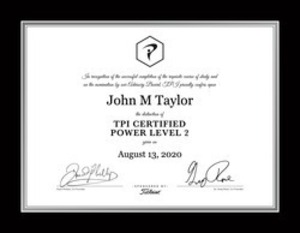


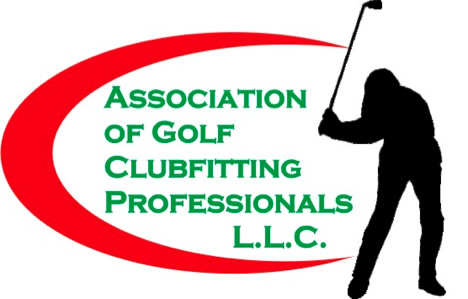

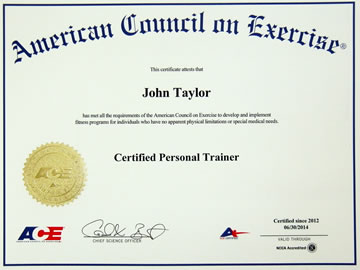
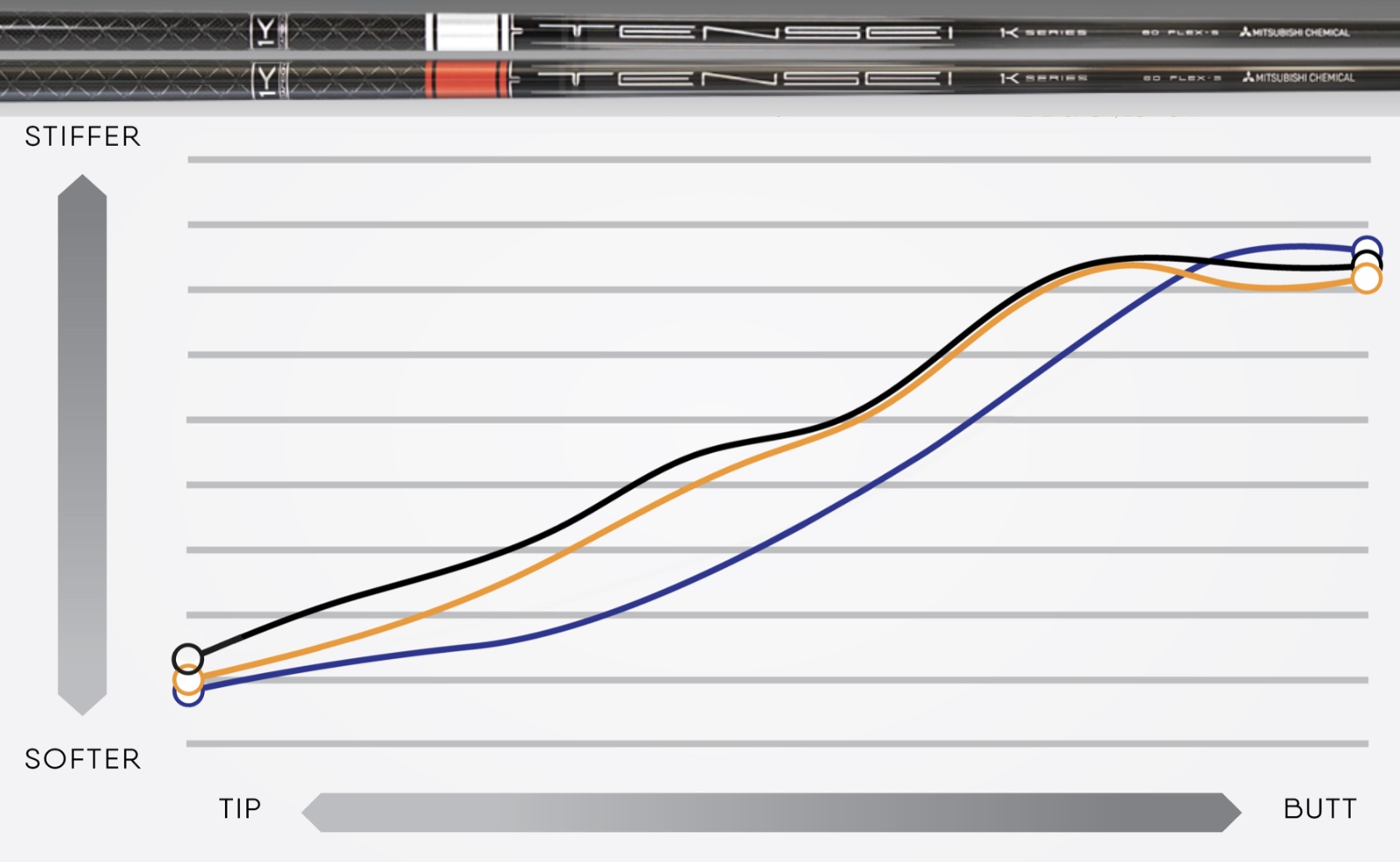











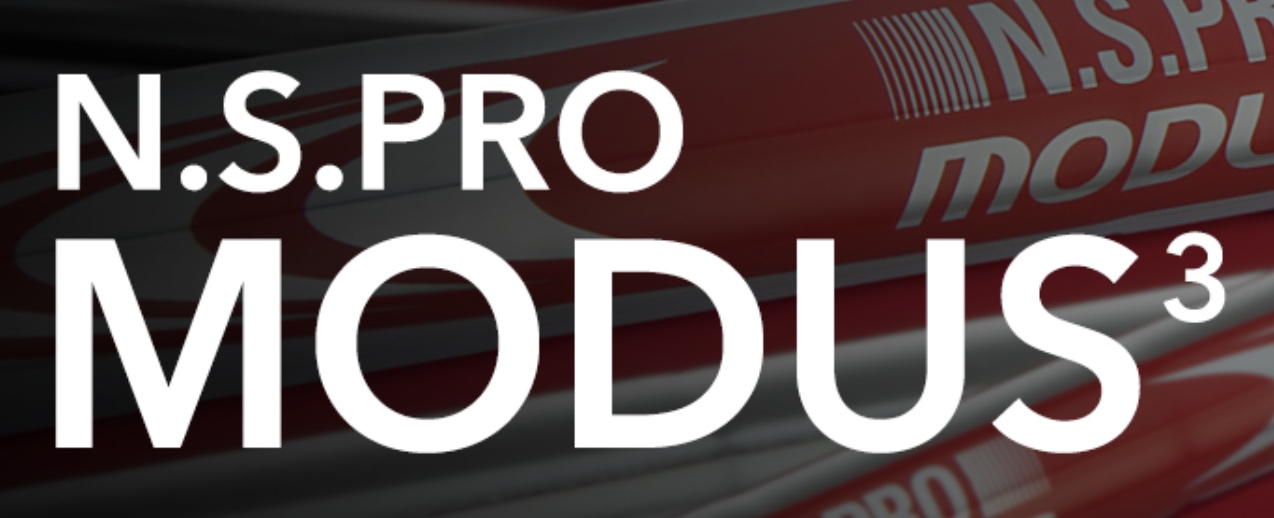


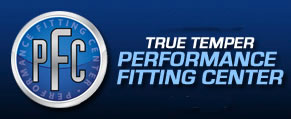

 John Taylor
John Taylor
Reader Comments